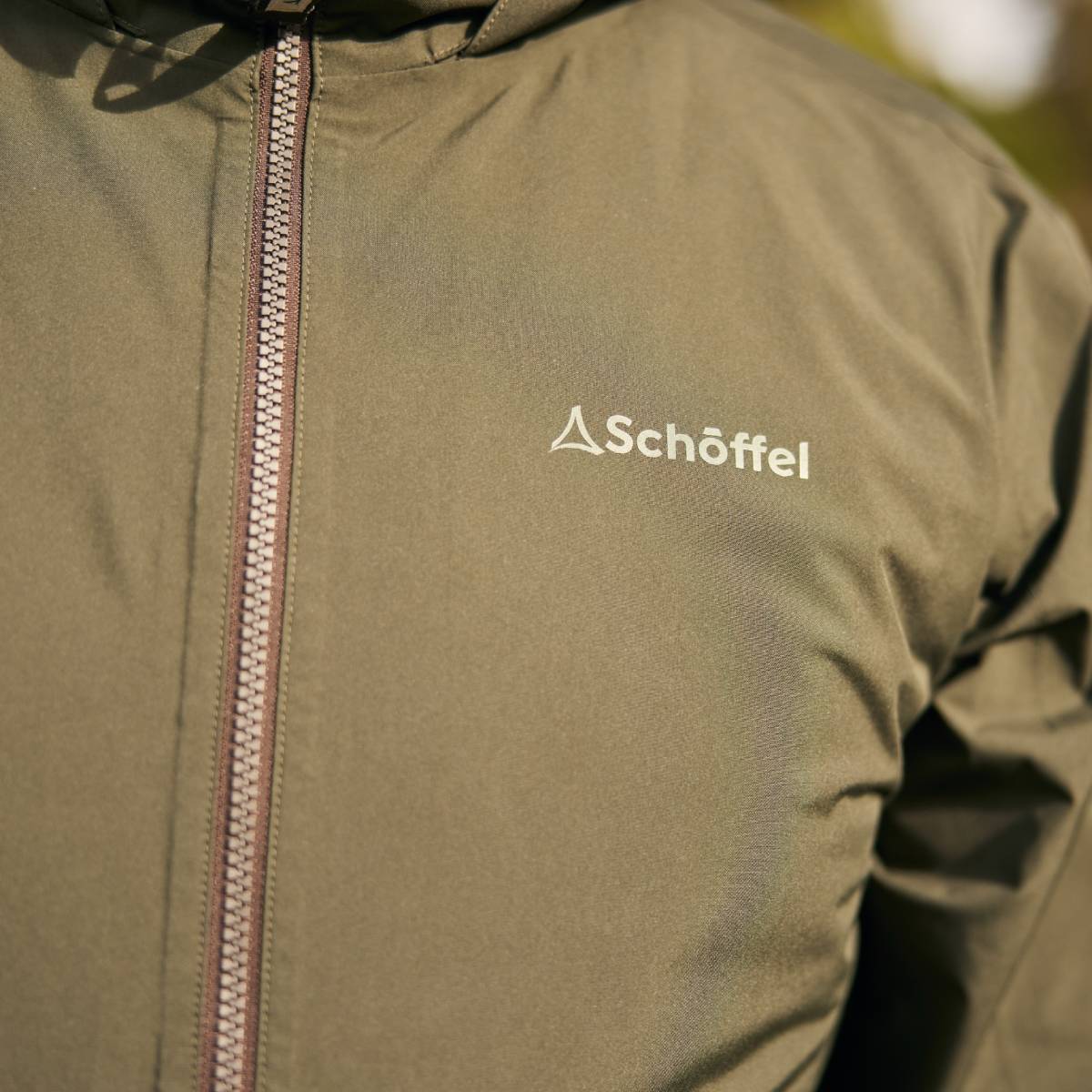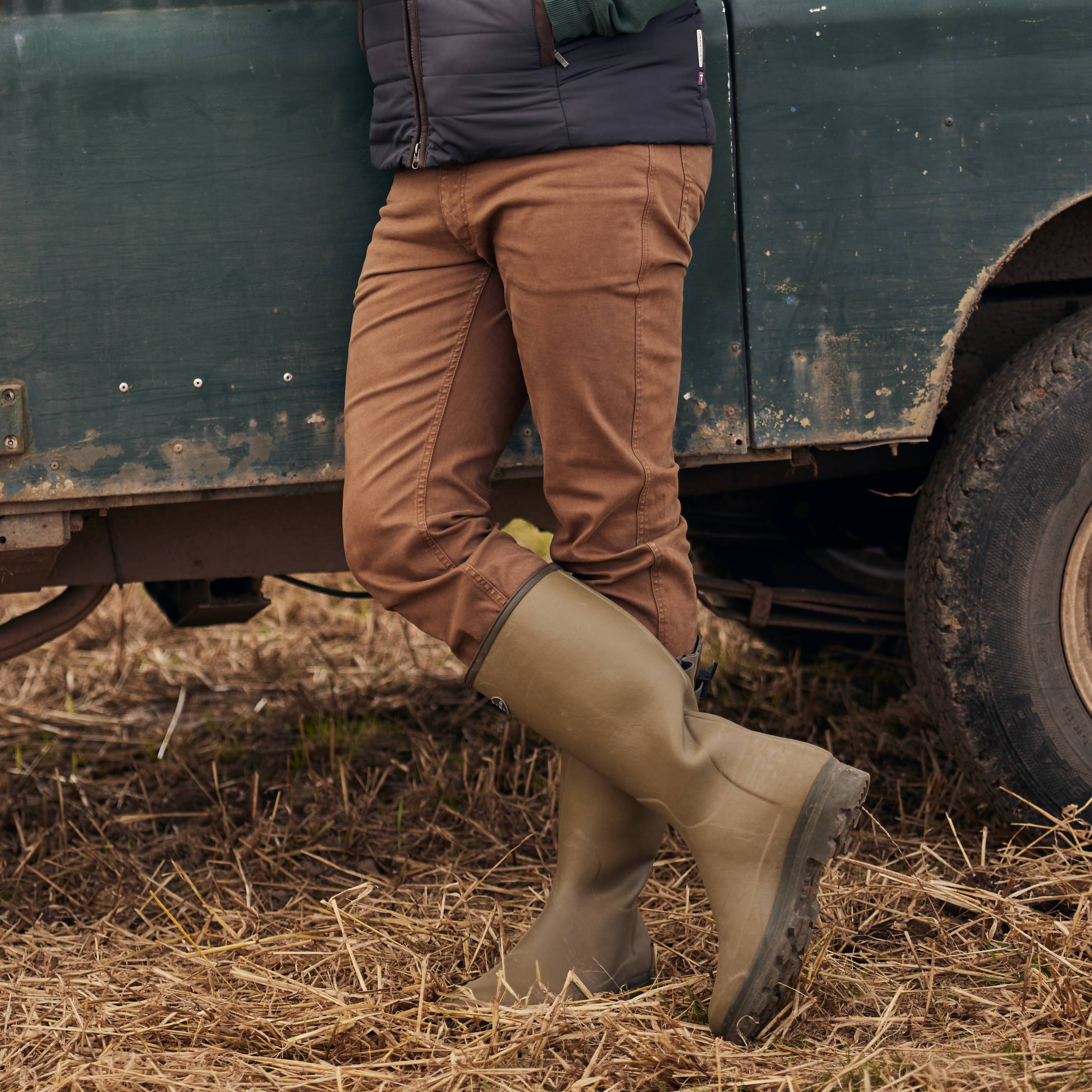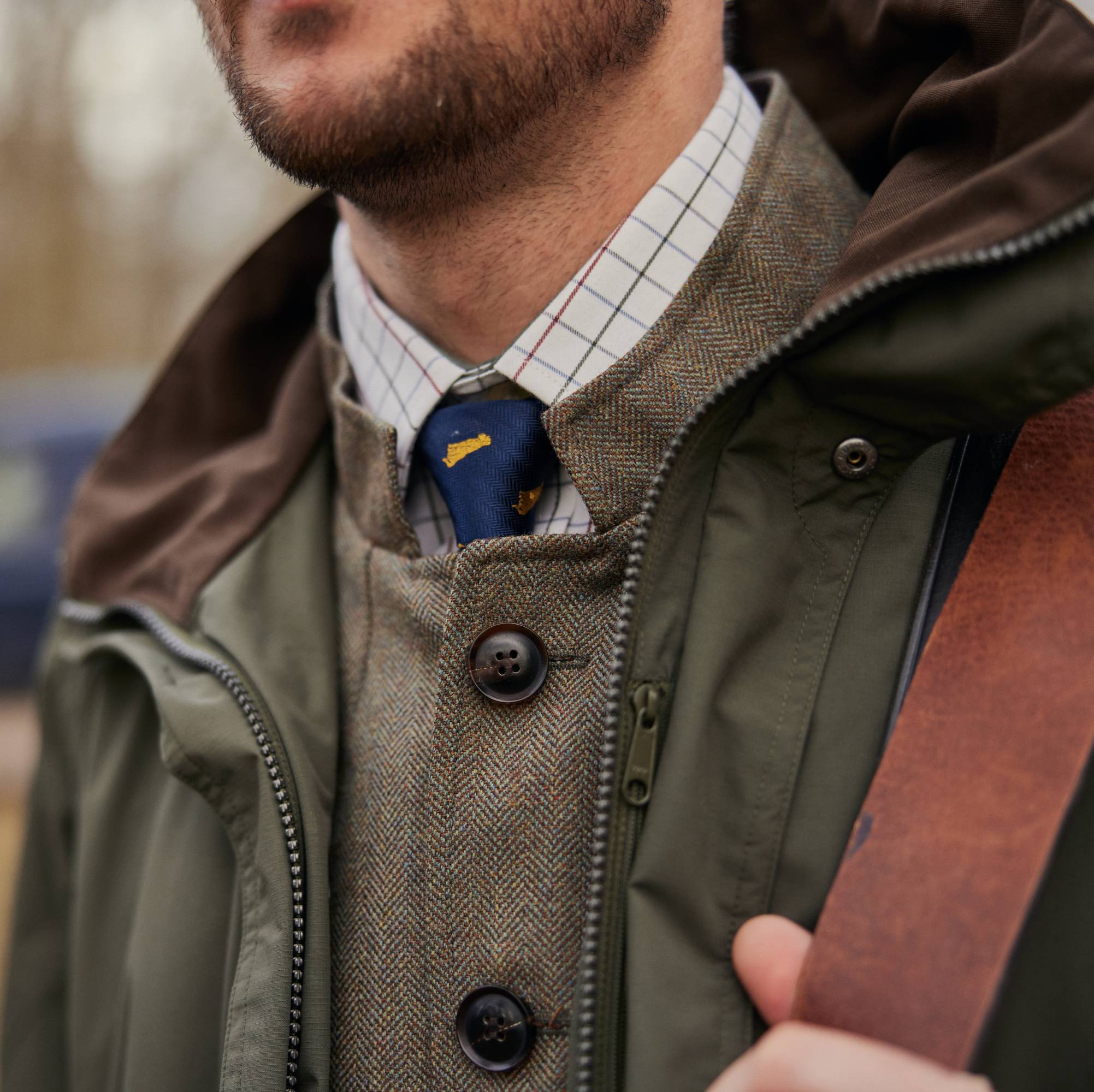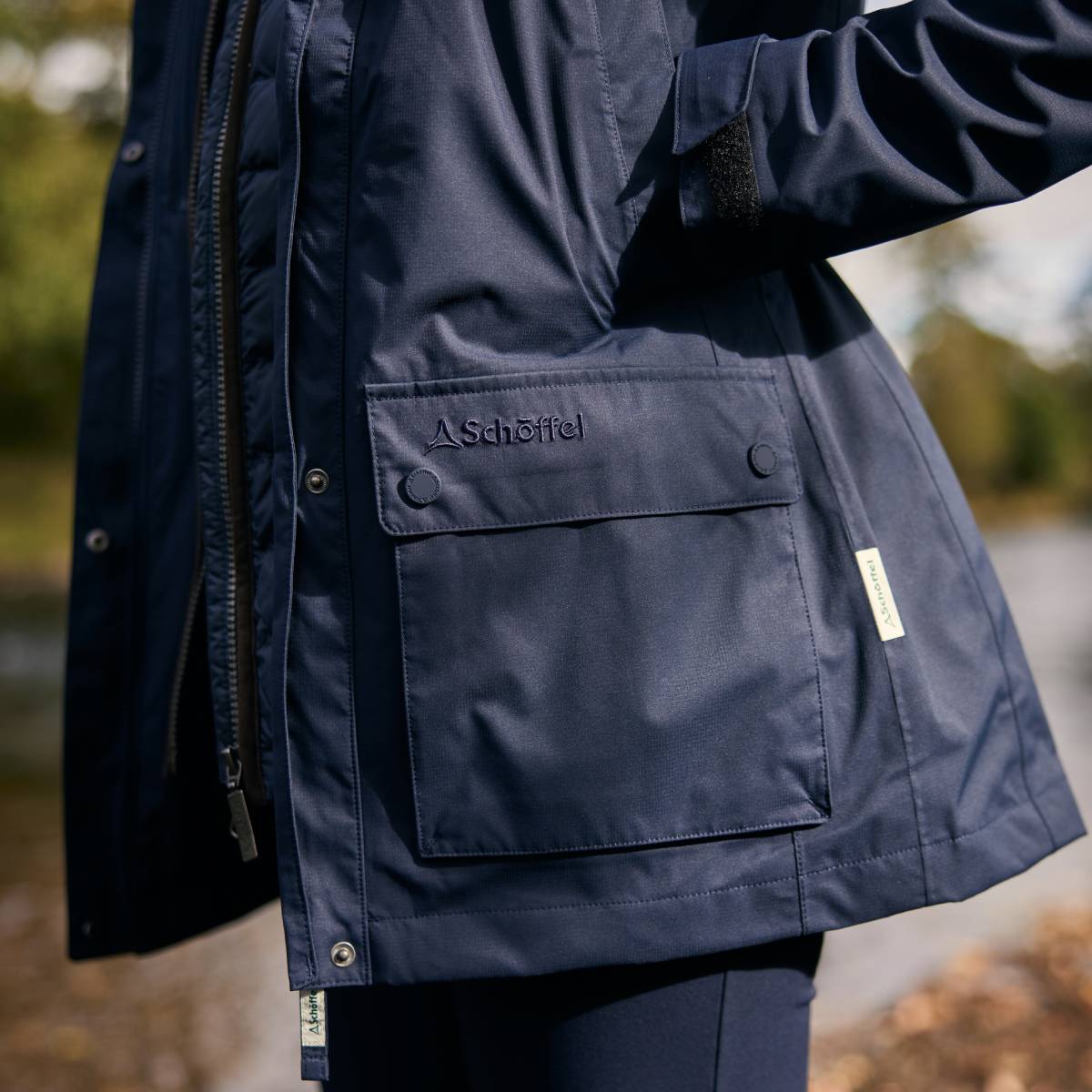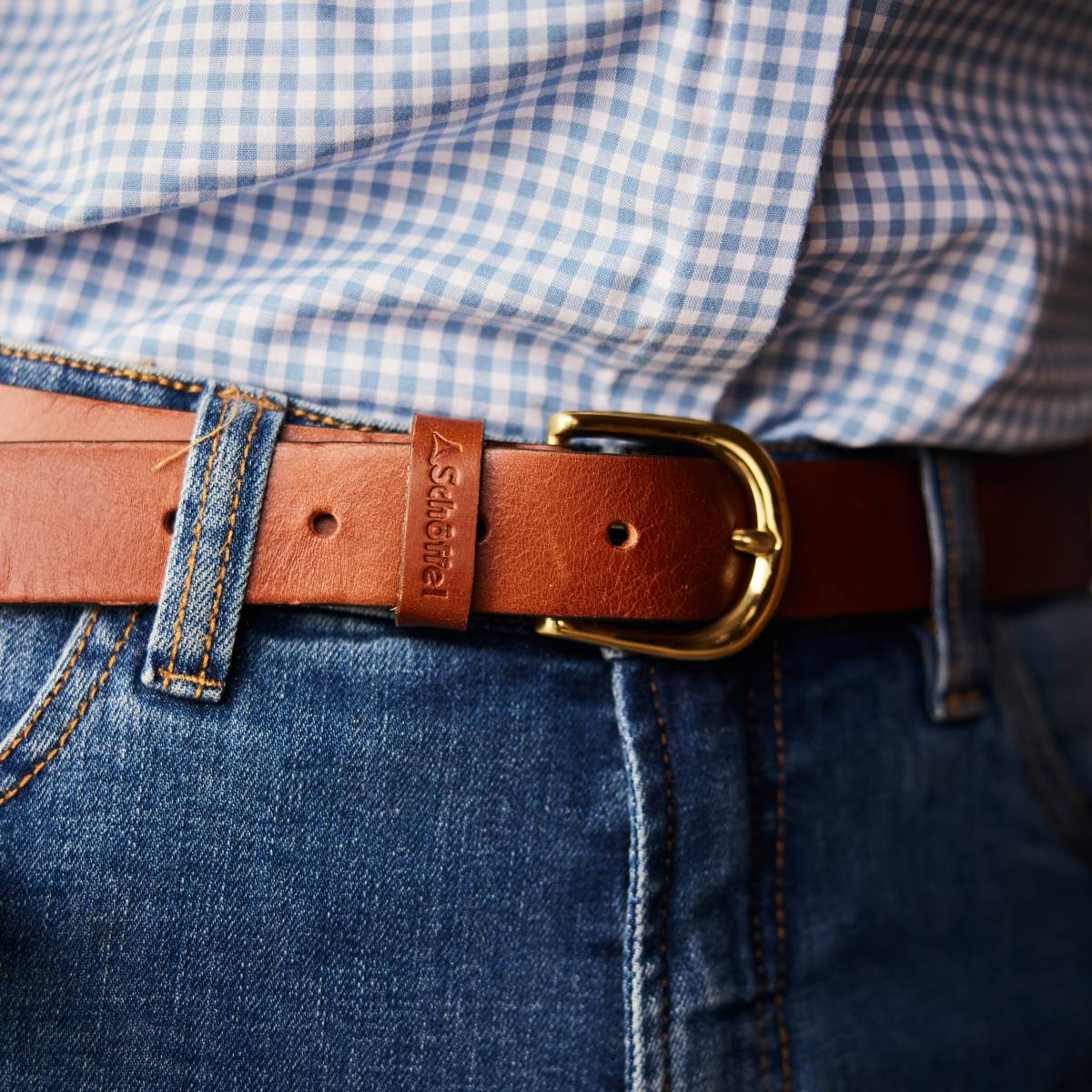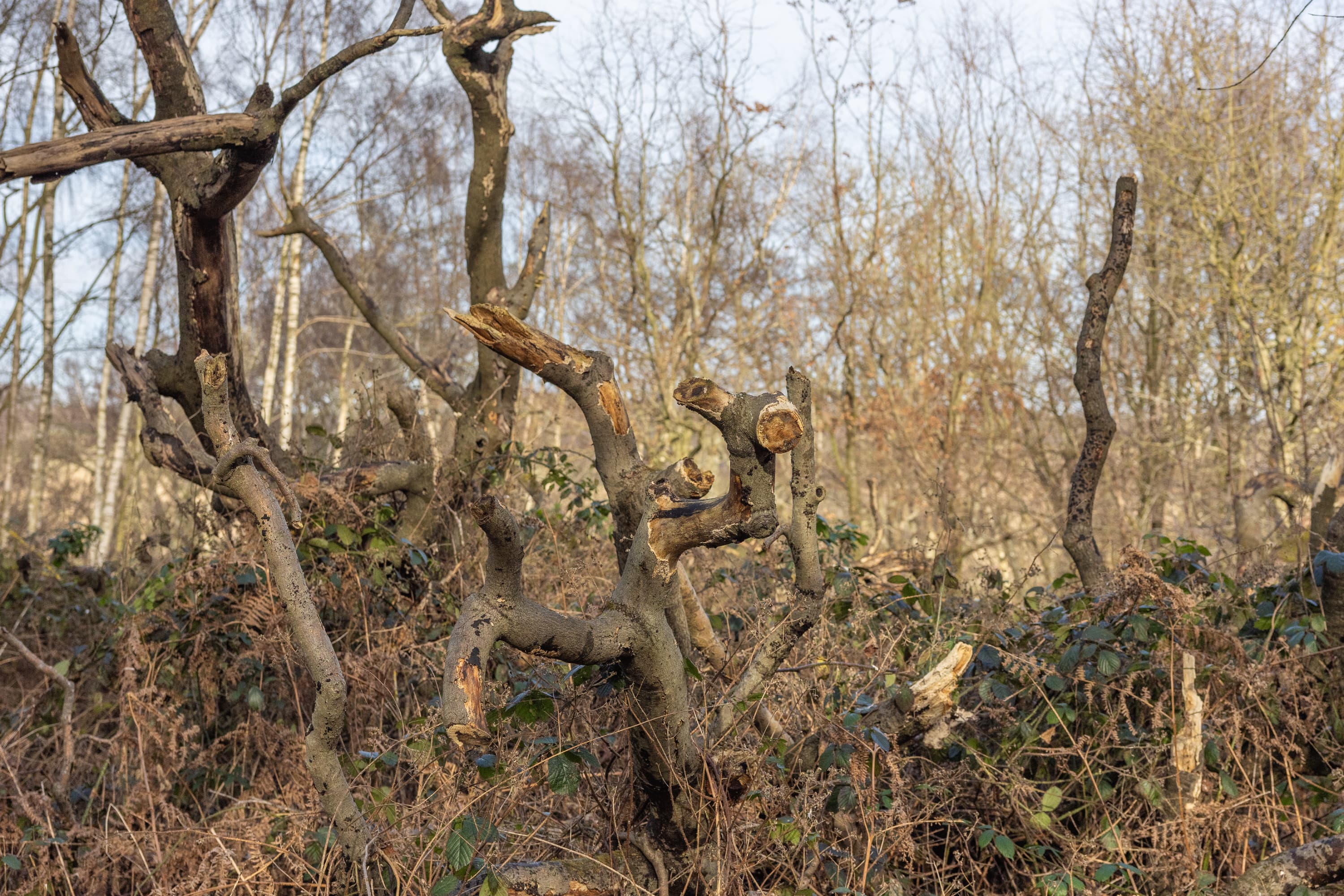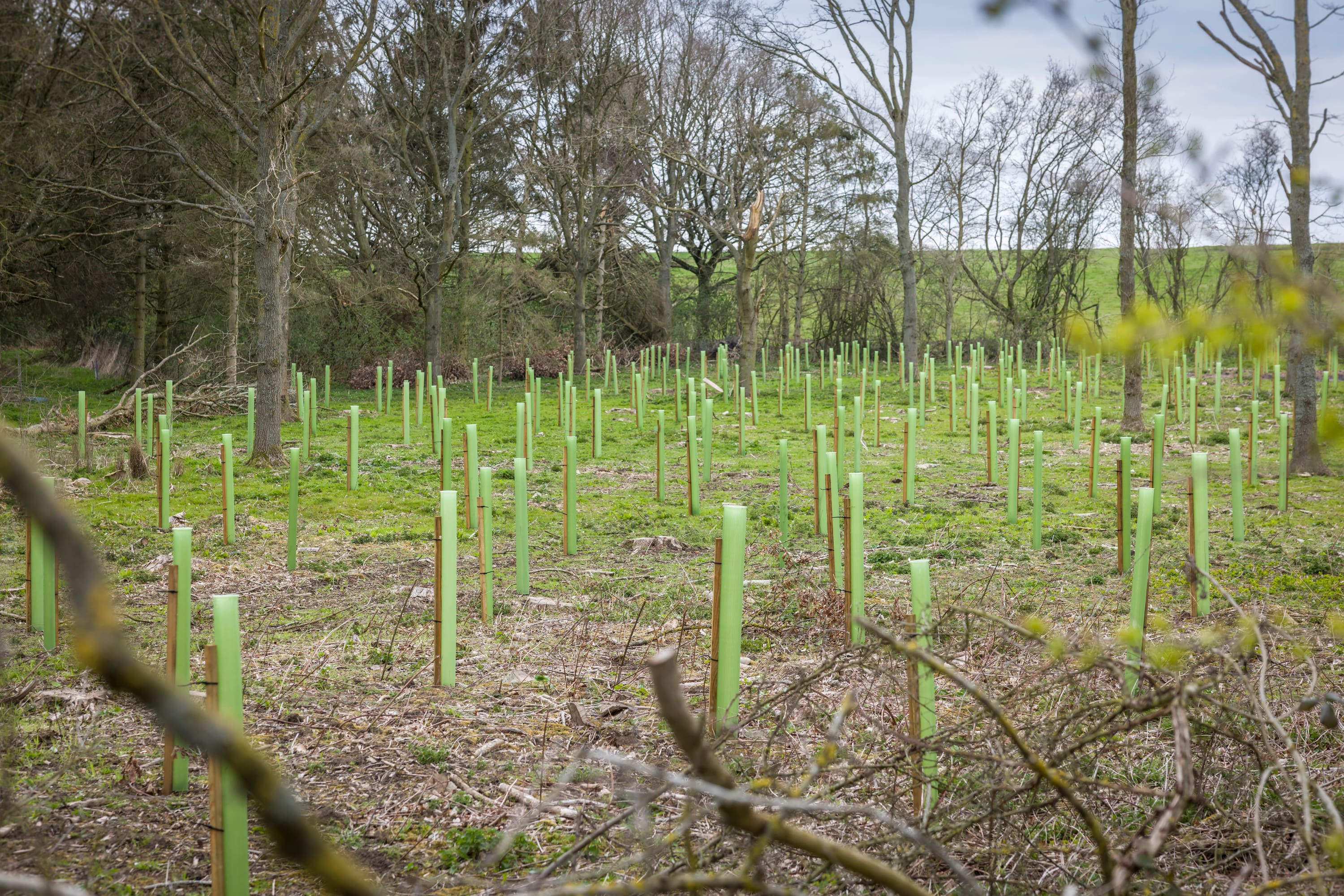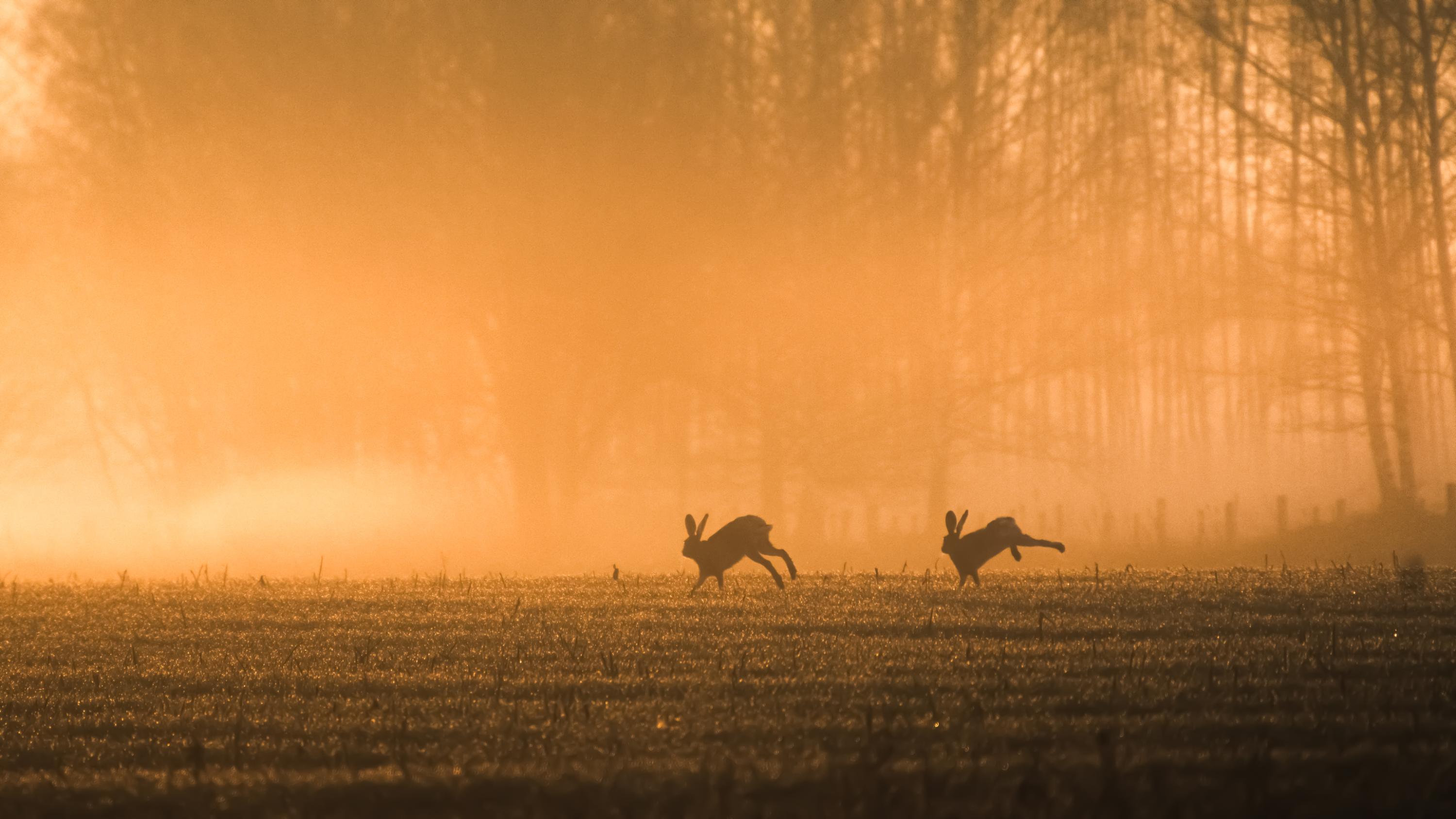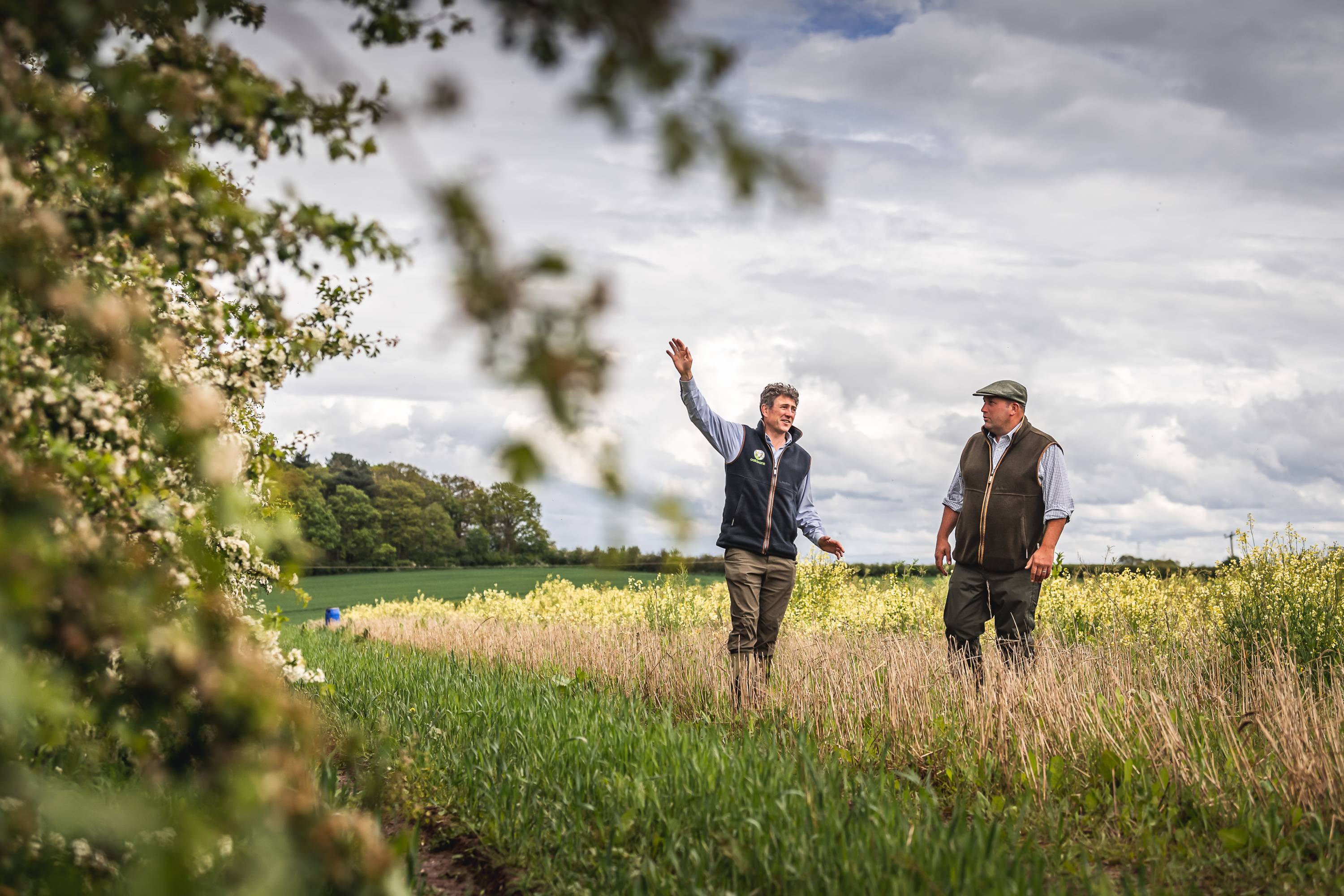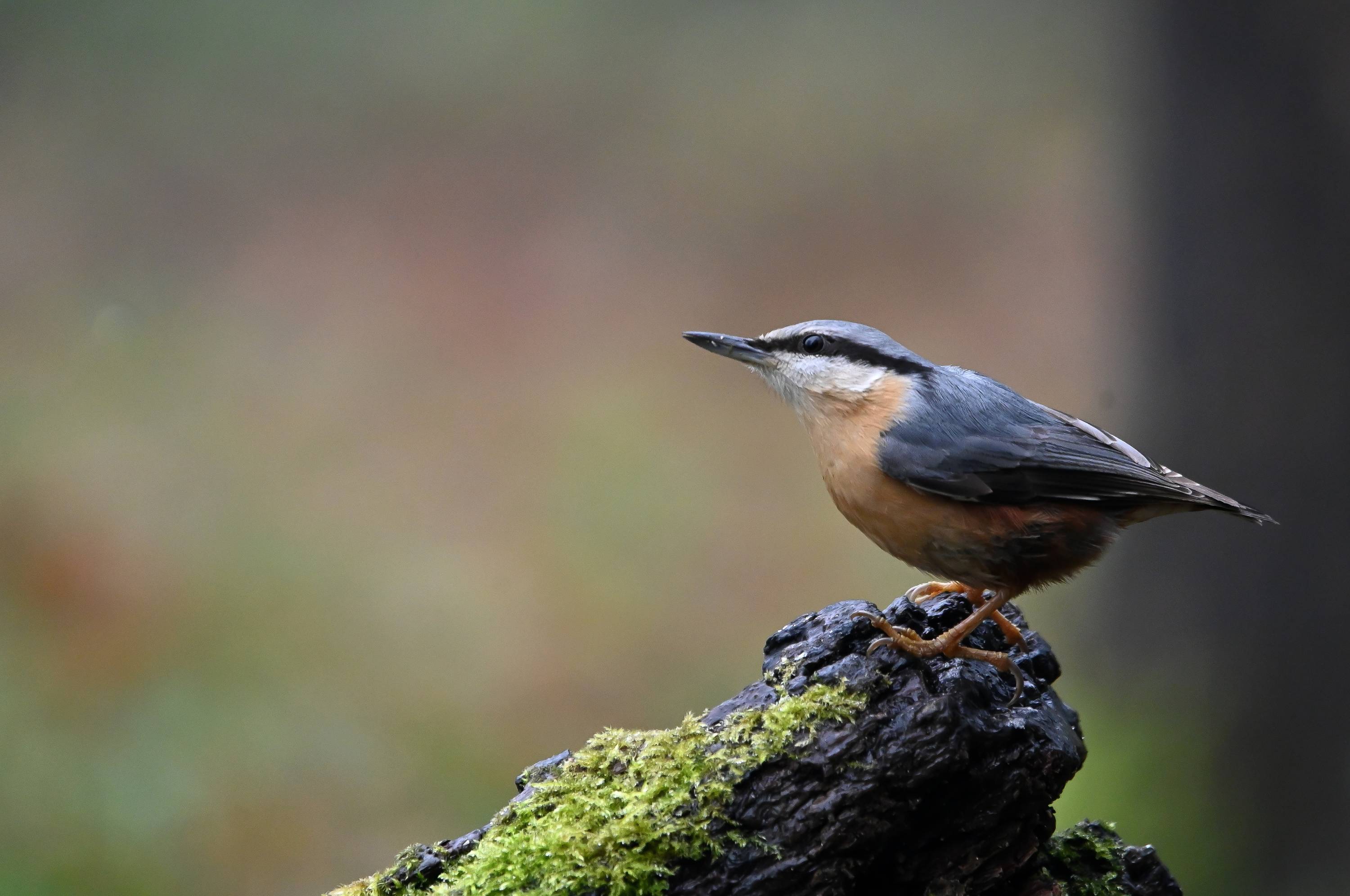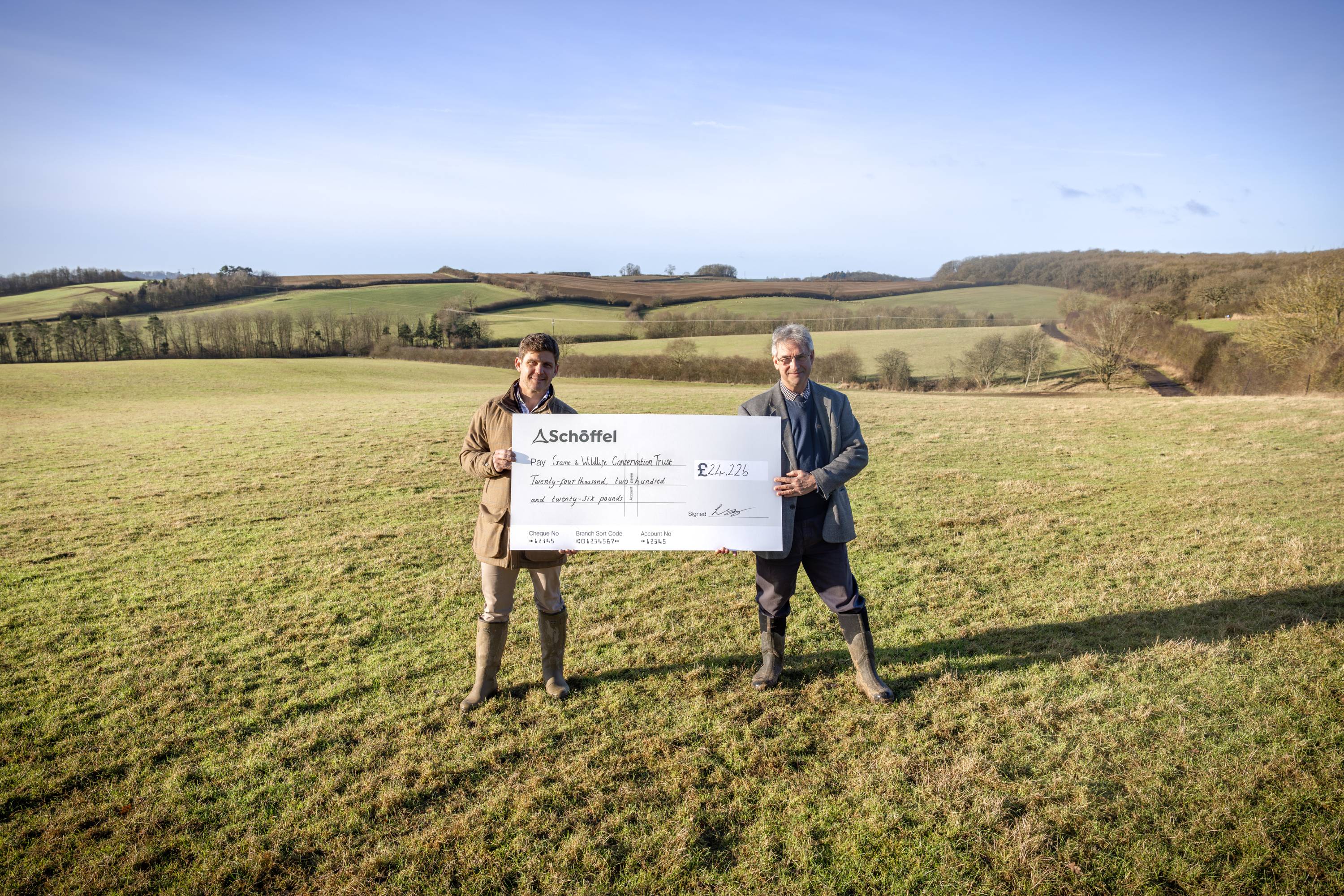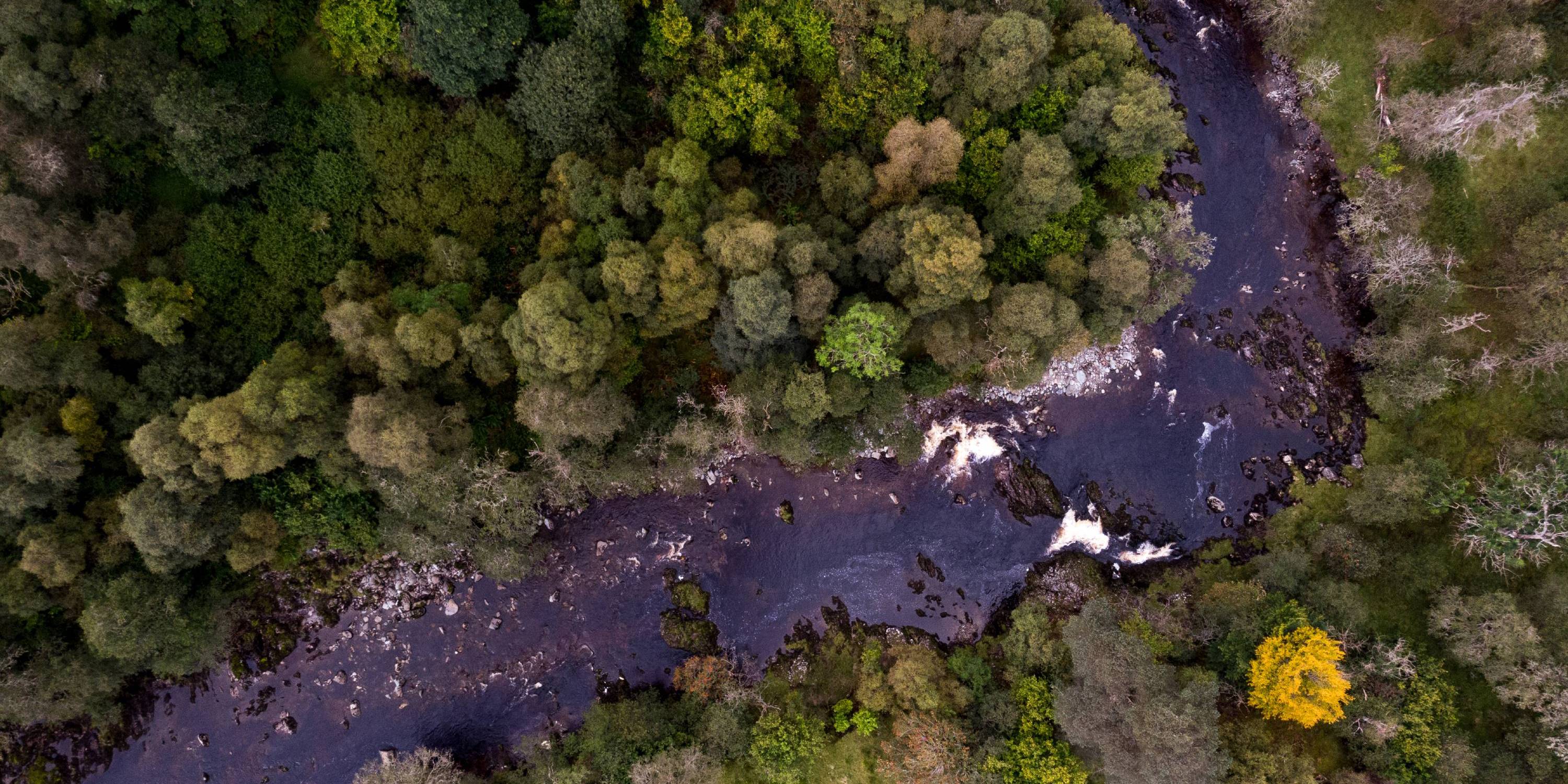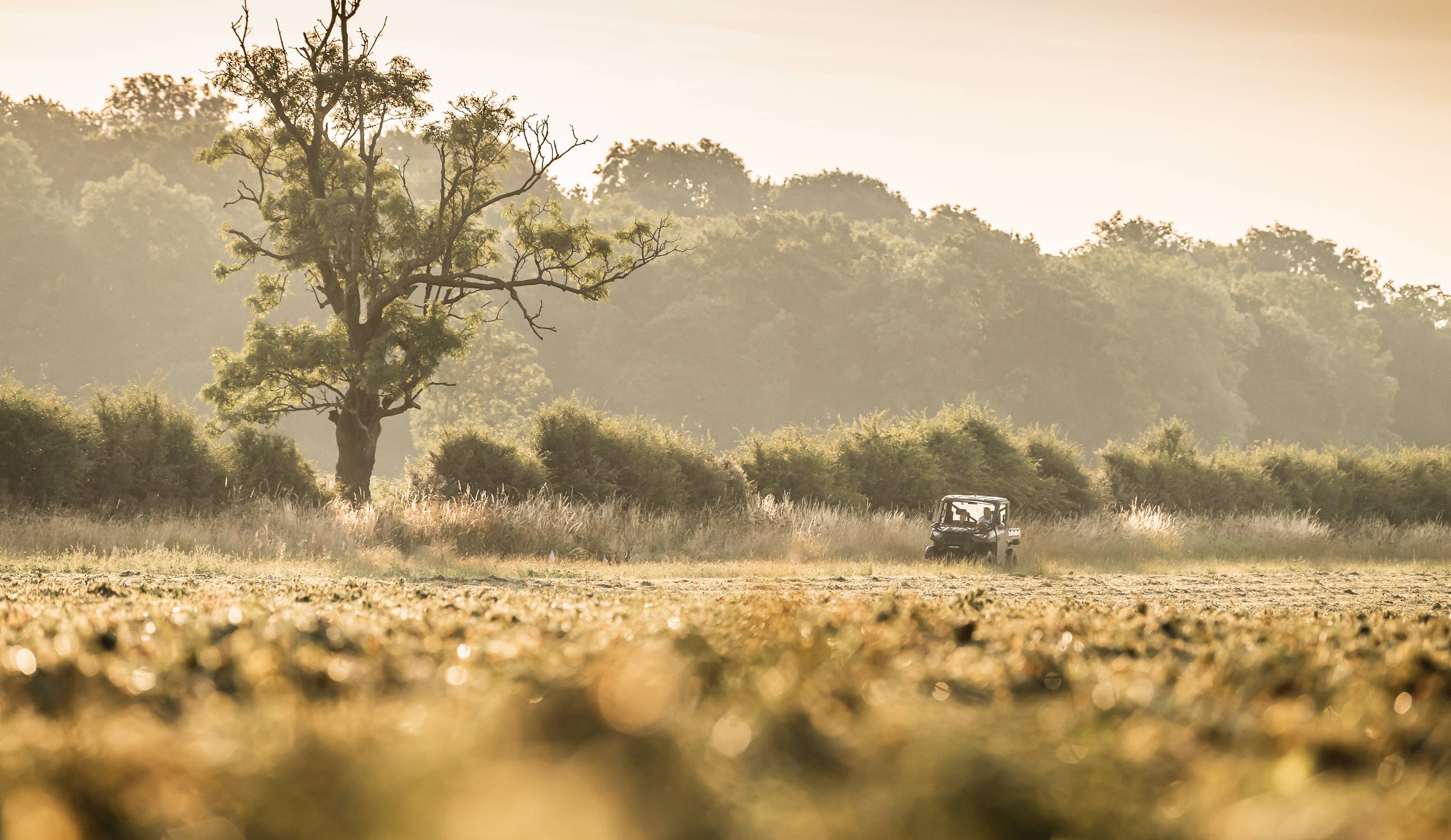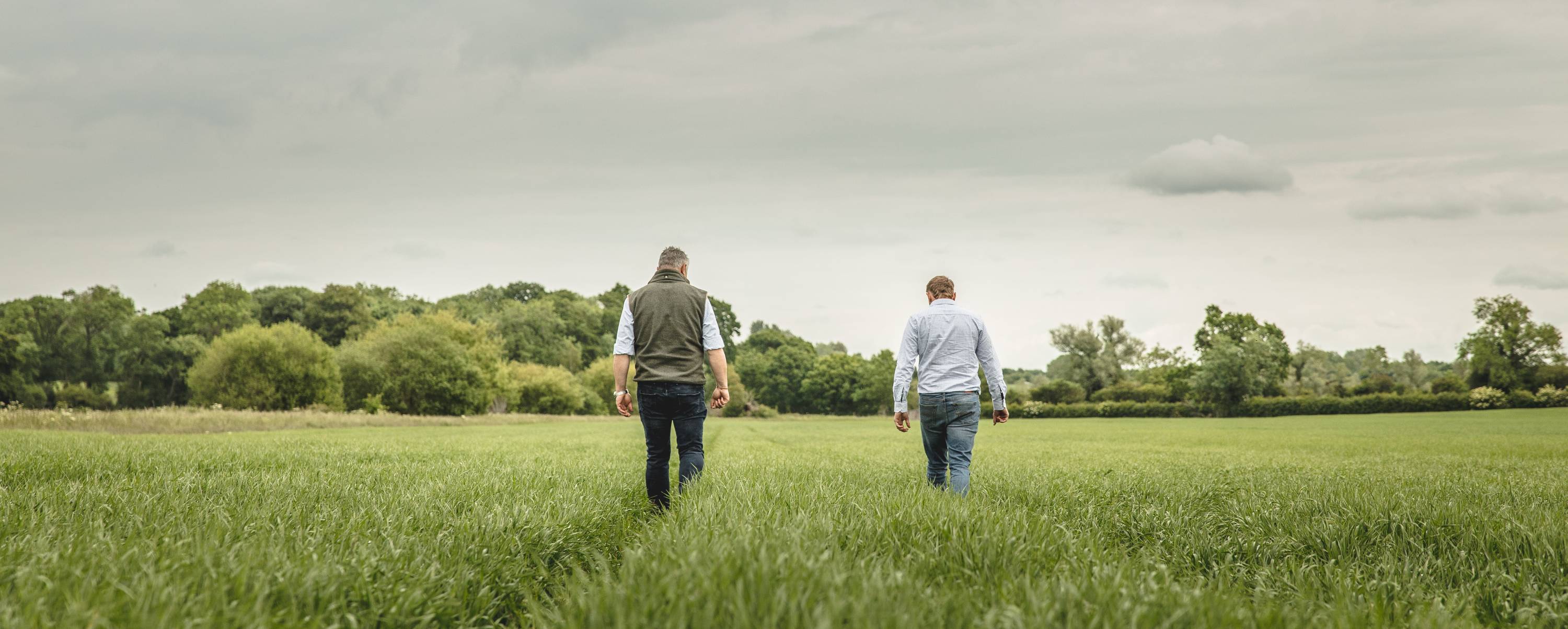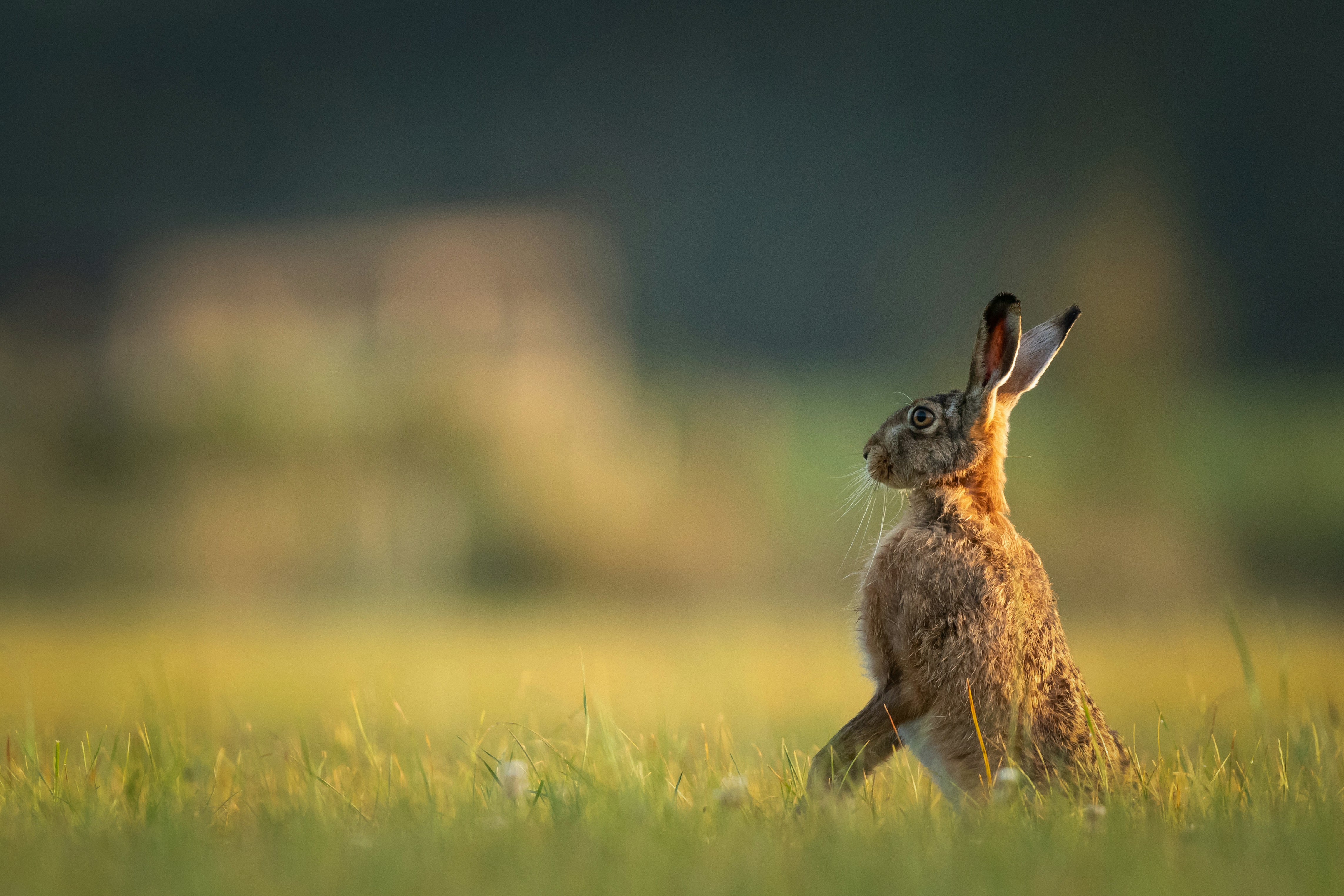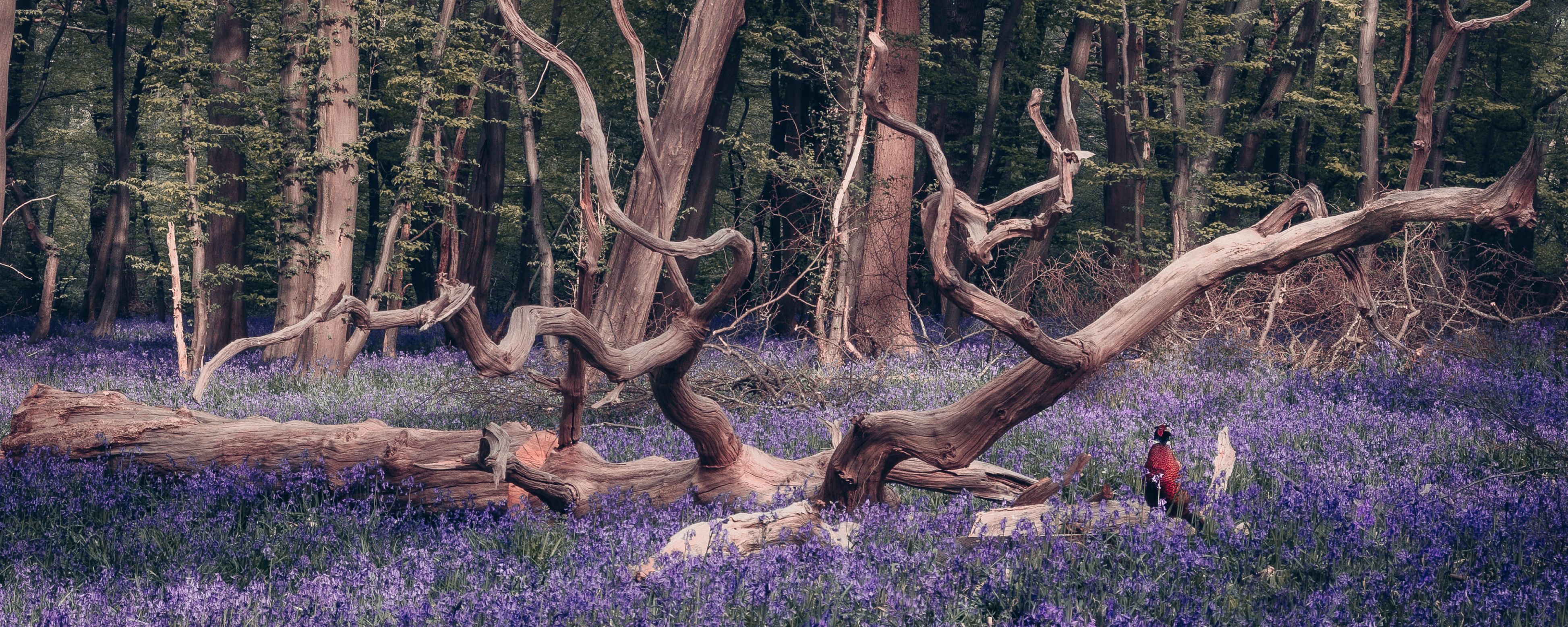

10 ways to increase biodiversity in a woodland
(Photograph: Shutterstock / Kevin lee Wilson)
Alex Keeble is a Game and Wildlife Advisor for the Game and Wildlife Conservation Trust. Here, he offers some advice for those who would like to improve their woodlands for shooting and wildlife.
A high proportion of woodlands within the UK are in poor condition and in need of active woodland management. With timber prices regularly fluctuating and labour costs often outweighing the costs of woodland management, many woods have been left unmanaged. Game shooting and hunting has been a consistent driver for woodland planting and management, and the Game and Wildlife Conservation Trust (GWCT) has carried out extensive scientific research into many aspects of woodland and habitat management. Many of our studies show that sustainable gamebird releasing is a force for good in providing an overall biodiversity net gain.
So, how can we improve he value of our woodlands for wildlife?
1. Ride management
A GWCT study of 150 woods in southern England showed that woodlands managed for pheasants have 31% more ground vegetation and 22-32% more songbirds than woodlands not managed for pheasants. One key reason for this is the presence and management of woodland rides. Allowing light to reach the woodland floor creates a grassy mosaic which benefits a variety of wildlife. Rides often feature in game woods because they help to hold pheasants – which prefer to reside within woodland edge habitat – and serve as a natural place to position Guns. Wide, sunny rides also improve access for timber extraction and are of value for deer management purposes.
2. Sky-lighting
Woodland habitats can be improved for biodiversity via a method of management called sky-lighting. This practice involves the felling of trees to allow sunlight through to the woodland floor, encouraging shrubby regrowth. Felling coupes towards the area of a flushing point for game shooting purposes will also encourage gamebirds to rise up and fly higher over the Guns. Allowing more light into the woodland will encourage bramble, hawthorn, hazel and neighbouring tree seeds to grow, creating a mixed habitat mosaic within the woodland. Migratory warbler species such as blackcap and chiffchaff – along with many other species of woodland bird – prefer low shrubby cover to nest in. Woods managed for game have between 2% and 7% less canopy cover than non-game woods.
3. Deadwood and brash
Having brash piles and a high proportion of deadwood within a woodland provides an array of invertebrates with an area to live.
Deadwood might be standing or fallen. Depending on the age of your woodland, providing standing deadwood may be a struggle to achieve due to the health and age of the trees. The presence of pedestrian access may also have to be considered for health and safety reasons when leaving standing deadwood; however, leaving piles of timber within the woodland will greatly increase the overall biodiversity. Many woodlands are left too clean, with brash being removed after felling. This can hinder the regrowth of the understorey, especially in areas with high deer densities, where brash can provide some protection for regrowth from herbivores.
4. Woodland thinning
Similar to sky-lighting, thinning a woodland can be carried out to different levels. Close collaboration is needed with all parties before and during such operations; foresters, estate managers and gamekeepers are typically involved. Within semi-ancient woodlands, many thinning operations are carried out within defined parcels, whereby a proportion of the woodland is felled and then restocked with native trees. Within plantation woodlands, meanwhile, a proportion of the trees throughout a whole woodland are usually felled.
Thinning and felling operations benefit biodiversity within woodlands by creating a variety of habitats. Although the initial operations are often daunting, the following years’ growth, if continually managed, provides a whole host of benefits to wildlife. Edges and gaps in canopy cover are hotspots for wildlife in woodland, and of great conservation importance.
5. Coppicing
Traditional coppice woodlands occur often in the south-east of England where sweet chestnut is grown commercially. Where coppice is cut on a rotation, it provides a patchwork of different-aged habitats. This is beneficial to both game and wildlife.
Many semi-ancient woodlands across the country will have areas of older coppice stools present due to the lack of management and the limited demand for coppice products commercially. Where this is the case, coppicing older stools of sycamore, hazel or sweet chestnut will provide significant benefit to biodiversity.
The brash, if not needed, can be used to protect the stools from deer browsing pressure by creating a ‘dead hedge’ around the stumps. These brash piles will also offer protection for many species of breeding birds, invertebrates and mammals. One GWCT study showed that the diversity of plant species at ground level increased for several years after coppicing, peaking at around 3-4 years and gradually declining after that.
6. Woodland edge
Woodland edge is often overlooked prior to planting a new woodland or managing an existing woodland, but this area is significant for many species.
GWCT studies involving radio-tracked pheasants showed that the birds spend most of their time in areas within 20 metres of a woodland edge and that they are rarely found more than 50 metres from a woodland ride. The edge profile should be shaped to deflect the wind up and over the woodland. This profile can be created by planting native hedges, and by creating a sloping profile on the outside of woodlands using smaller tree species such as rowan, cherry, field maple, silver birch, hawthorn and hazel.
The biodiversity value of existing woodlands can be improved dramatically by planting a native hedgerow around the woodland. By planting the hedge approximately 10 metres from the woodland edge, you can allow for growth, additional grass margin habitat, and access.
7. Pheasant releasing
GWCT advice is to release no more than 1,000 pheasants within a hectare of release pen (400 per acre) within non-sensitive woodlands such as plantations. GWCT studies show that this is the point at which undesirable plants may become more prevalent in pens and where effects on some woodland plants become apparent. In sensitive woodlands such as semi-ancient woods, the maximum release density should be 700 birds per hectare of release pen. This dramatically minimises the effects of gamebird releasing on native woodland plants. For further information regarding pheasant releasing in woodlands, please see our Sustainable gamebird releasing guidelines.
8. Plantation woodlands
When managing an existing plantation woodland, it is wise to undertake thinning from an early age. This will reduce the cost and labour involved in felling smaller trees which can be used as firewood. Thinning the trees early and allowing plenty of light to reach the lower layers of the woodland can also help a diverse range of flora to establish.
In overgrown plantation woodlands, it is easier to fell coupes of trees than it is to fell single trees due to the habit of the trees getting caught within the existing canopy during felling. Felling lines of trees can be a good way to improve biodiversity, game holding capacity and woodland structure while streamlining felling operations.
Depending on the age of the trees, it may be viable to cut and lay the trees which will encourage regrowth of a lower shrubby layer; however, this process involves leaving the timber on the floor which may go against other woodland objectives.
9. Semi-ancient woodlands
Due to the sensitive nature of semi-ancient woodlands, any felling operations in them should be discussed with a woodland specialist and clear aims set for what the main goals will be. Select trees will need to be felled to improve many semi-ancient woodlands for biodiversity. Work might also include the removal of non-native invasive shrubs such as rhododendron and laurel. Habitat assessments will need to be undertaken to gauge where felling needs to be encouraged or where deer proofing may be required, and felled compartments will need to be restocked with native species that do well in the area, with thought given to how these will add ecological benefit to the site.
10. Woodlands for pheasants and wildlife
If you want to learn more about how to improve woodlands for biodiversity, the GWCT have published a Green Guide book titled Woodlands for Pheasants and Wildlife that covers various aspects of improving and creating woodlands in more detail. The book focuses on fitting woodland within the landscape, along with designing new woodlands and renovating existing woodlands.
Have you read the article about the award-winning Godmersham Park on the Schöffel Country blog yet? We visited the forward-looking estate in Kent to learn more about its approach to woodland and hedgerow management.
Further reading Draycott, RAH, Hoodless, AN & Sage, RB. (2008). Effects of pheasant management on vegetation and birds in lowland woodlands. Journal of Applied Ecology, 45: 334-341Ferris, R & Carter, C (2000). Maintaining rides, Roadsides and Edge Habitats in Lowland Forests. Forestry Commission bulletin 123.Fuller, R & Warren, M. (1990). Coppiced woodlands: their management and for wildlife.

